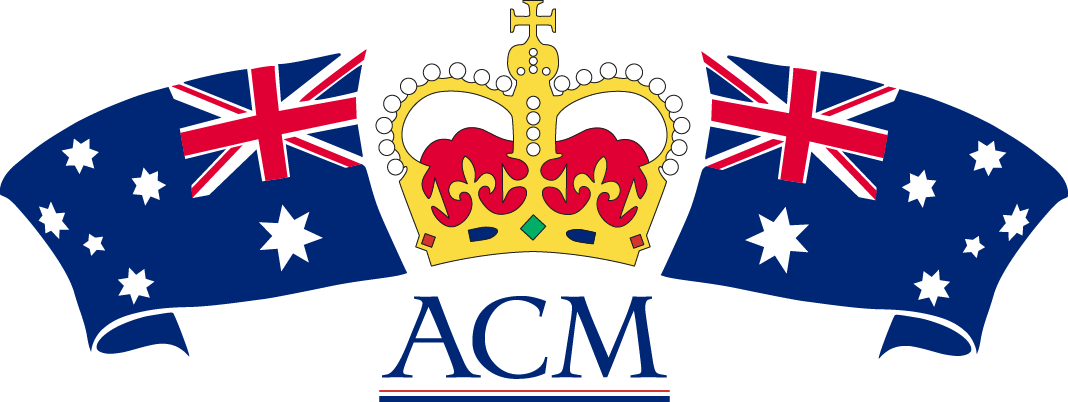The latest poll on Australia becoming a republic and the first after the release of the Australian Republic Movement’s new republic model, the third in three decades and the first since the 1999 referendum was rejected in a landslide, was published in the Sydney Morning Herald, 24 January, 2022 as Republic Push: Majority agree but split on how.
To say the pollsters and the Herald must do better is a polite way of indicating how surprising it is that it saw the light of day.
It is rare to see a poll so replete with bias.
David Crowe’s opening line is ‘Australians are willing to vote for a republic by a narrow majority of 54 per cent but are split over the best way…’
That is really stretching things. It contrasts with two prominent lines of pie charts on page four which tell the reader that ‘general support’ for a republic is only 36 per cent and support for the Australian Republic Movement’s new model is 38 per cent.
It is only when you go down to the seventh paragraph of the text and look at another pie chart on the page opposite just above the Queen’s picture, that you realise where the 54 per cent figure comes in.
Headed AUSTRALIAN REPUBLIC FORCED CHOICE (only the first two words are in bold) the question reads:
‘The real referendum vote question will force you to vote Yes or No. Even if it’s just a slight leaning or a guess would you vote Yes or No to Australia becoming a republic?’
This is a rewriting of law and fact. No one is ever forced to vote Yes or No. You can vote informal and many people do. And a referendum only takes place after months of campaigning.
It is born in a bill which normally passes both houses after considerable debate. The ARM’s third model has barely seen the light of day. Published comment has been mainly restricted to republican differences no doubt judged as too esoteric for the question to be much noticed by the general public.
Initial polls always indicate a Yes vote which subsequently falls. This is because opponents can only mount reasons to vote no until after they have seen what is being proposed. In 1999 polling was generally going in favour of the Keating Turnbull republic. But when Australians for Constitutional Monarchy mounted a strong case, the no vote won nationally , in every state ( the republicans had to win four) and in 72% of electorates.
To return to the poll, the answer to this question will be higher than it should have been because of the bias in its wording .
Then there is the earlier question, ‘Are you personally in favour or against Australia becoming a republic independent of the UK?’
The question rewrites history. We have long been ‘independent of the UK’. Australians do not need to become a republic to be independent of the UK. Australia already is. This question suggest that only in a republic can we be independent of the UK. So the Yes vote is higher than it should have been.
Then there is the long second question. It includes these words ‘…the UK’s monarch automatically being Australia’s head of state’.
In the No case campaign in the 1999 referendum, ACM’s argument was clear: we already have an Australian as head of state, the Governor-General. The first High Court ruled unanimously in 1907 that the Governor-General is the ‘constitutional head of the Commonwealth’. The first Chief Justice, Si Samuel Griffith, presided over the drafting committee for the Constitution at the first Constitutional Convention.
Every Australian government, Labor or Coalition expects foreign governments to receive the Governor-General as the Australian head of state, as the Hawke government famously informed the Suharto government in 1983.
Australians for Constitutional Monarchy has a team of experts in constitutional and international law and vice-regal practice chaired by the Hon. Kenneth Handley, a former Australian judge so distinguished he has been asked to sit on five appellate courts in Commonwealth countries. The experts are unanimous in their conclusion that the Governor-General is Australia’s head of state.
Once again, the question rewrites the facts and the law and favours one side in the referendum debate. This poll is corrupted at three significant points.
On the day it appeared I wrote a letter to the editor of the Sydney Morning Herald setting out the last two matters vitiating the poll.
The letter was not published.
Opinion polls on this issue are best seen as a series over time. The one which best reflects the trend was an IPSOS poll for Australia Day 2021 published in The Sydney Morning Herald and The Age.
It showed overall support for some vague republic at 36%. That will inevitably fall significantly in a referendum once voters see the model.
But there is a time bomb for republicans in the polls . Those aged 18-24 are far less supportive. Only 26% support some vague republic. If you cannot get the support of the young after a generally more radical education than older Australians have experienced the ARM is in difficulties.
As Labor grandee Graeme Richardson says, if the republic is not dead, it is comatose.
[Sourced from Good Sauce News and Spectator Australia]
